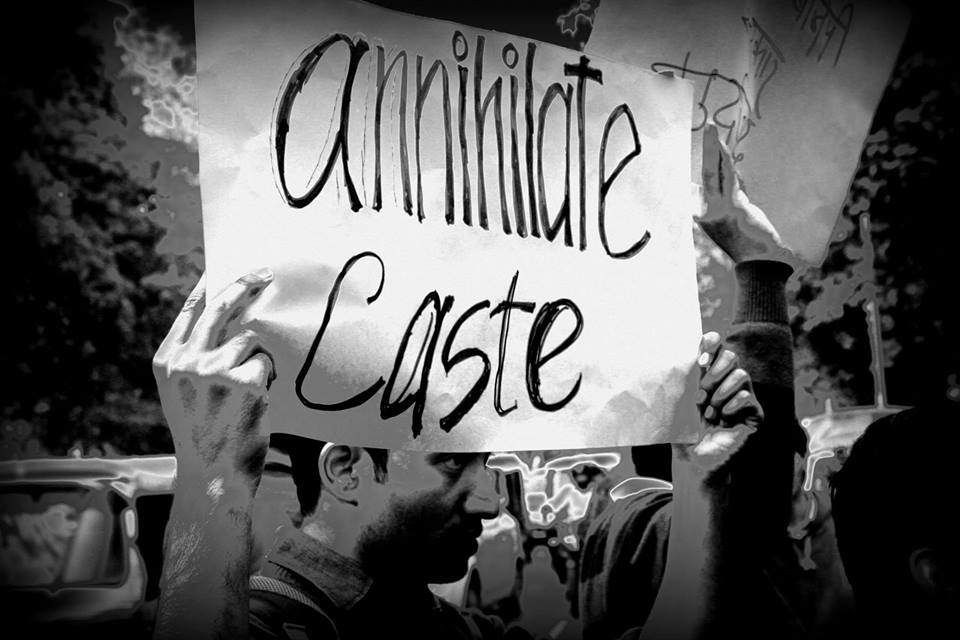
Caste of Music – Why Pa Ranjith is Right to launch “Casteless Collective”
Pa Ranjith is one of the leading filmmakers of India. His two movies created earthquakes in the Indian cinema: Madras and Kabali. He is a creative genius and a sensible fighter for the rights of the people. He is someone who shows how arts can be an instrument of the social change. While Madras was directly inspired by the lives of the Dalits in Madras which received many critical acclaims, Kabali was a big commercial hit in the Indian cinema with the protagonist belonged to the depressed classes starring actor-turned-politician Rajanikanth. The songs are Kabali are like the songs of the social revolution. That is why Pa Ranjith’s new launch “the casteless collective” matters as it shows the way ahead for the social movements to use all possible structures and mediums to destroy the monster of caste once and for all.
Music is a language, which does not employ words as the main media, but the sequence of sounds and silences makes a music that has a tremendous power to communicate. Much is written about the power of music to transform people. Music can arouse special emotions in any direction. It can inspire violence and it can inspire peace. Music can also become a vehicle of ideology and social change. The African Americans and other Africans brought to the Americas used music as a vehicle to communicate their pains and aspirations. Music was considered the occupation of the lower classes in Europe. Traditionally, the Music was associated with the lower castes in India and much later it was co-opted by the so-called upper caste.
Most of the percussion instruments throughout India are played by the Dalits and it has been developed into very high art by the communities which involve knowledge of making the instruments to the science of sound and silence. There are certain instruments which can only be played by the people of the certain castes. Even the musical instruments are treated according to caste in this country. There is a perceivable discrimination in the field of art and the artists from the so-called backward classes face a lot of discrimination in their fields.
Indian Cinemas have a caste entrenched in it. It starts with the names of the protagonists in the movies. The constable must be Kamble and the inspectors must sound like the upper castes. The trend that pa Ranjith reversed. When the Tamil movie industry was the vehicle of the non-Brahmin movement, they made movies which are revolutionary in nature which castigated the caste system and Brahminism. Perhaps, the time has arrived to make Indian movies the vehicles of change again. Thanks to the geniuses like Pa Ranjith, at least the discussions have begun.
Author – Mangesh Dahiwale, Human Rights Activist



+ There are no comments
Add yours